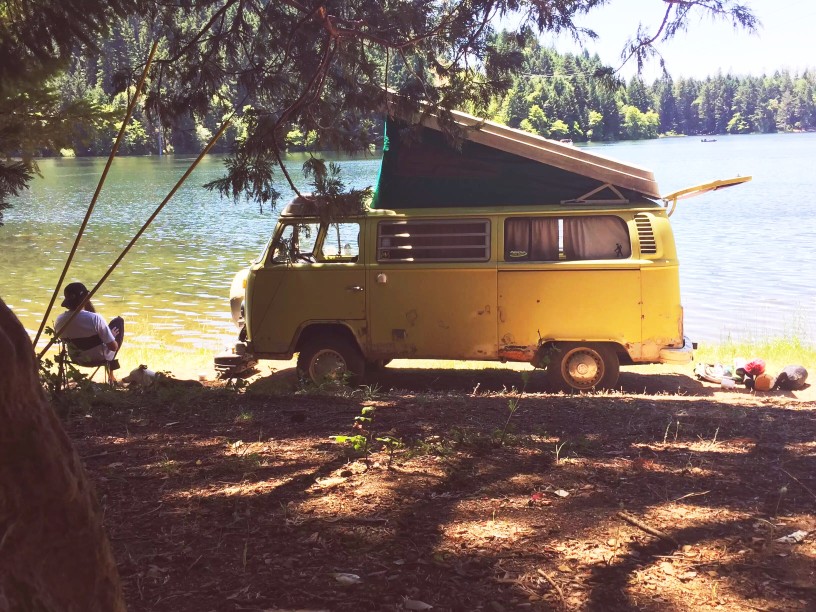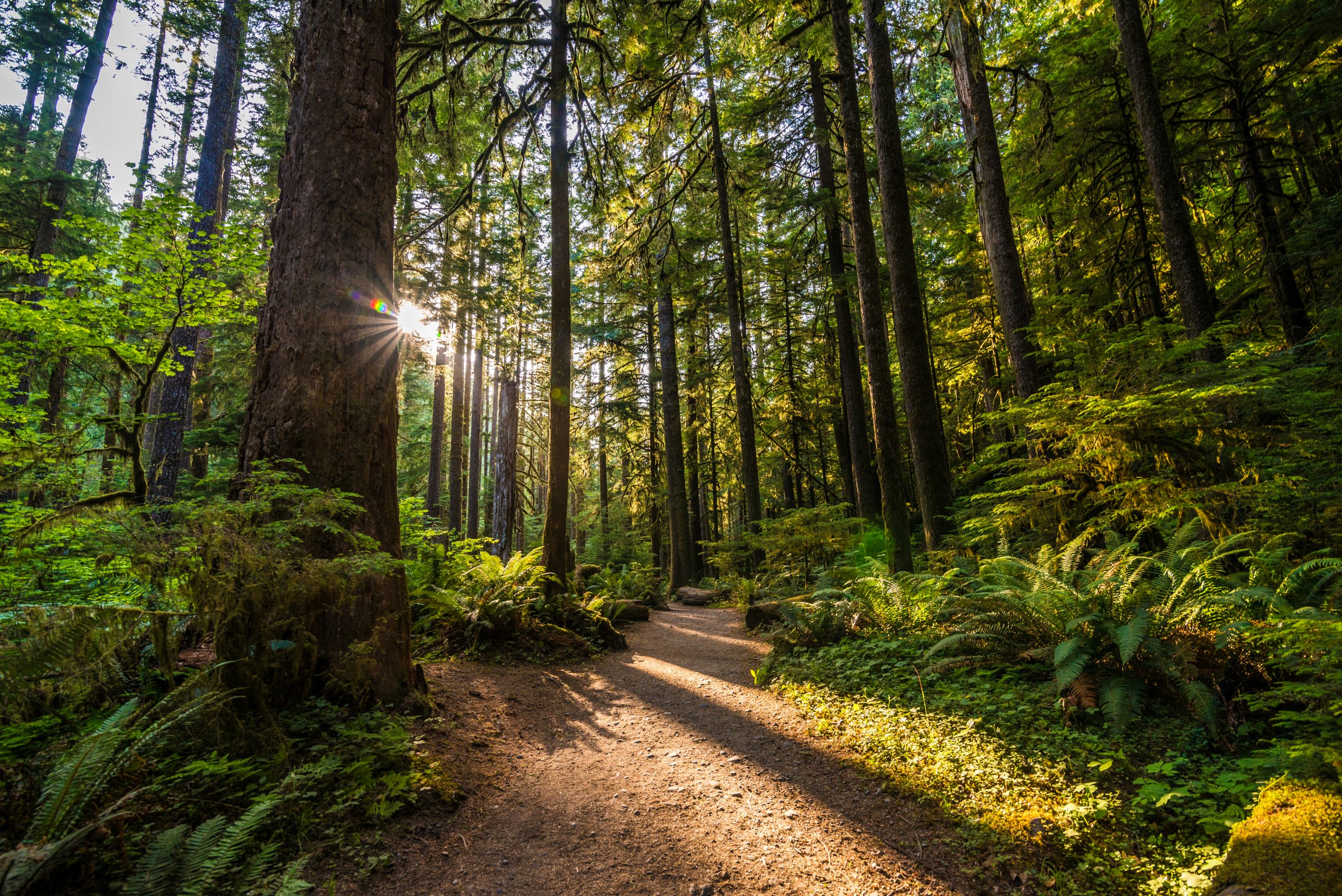- Your cart is empty
- Continue Shopping
Choosing a Land for Camping with your Push and Pull Wagons

Choosing the right camping location for yourself and others can be tricky if you’re unaware of what to look for. Sometimes you might not initially consider what could be dangerous for your friend or your family when you choose stomping grounds with your equipment-filled push and pull wagons. It can be even worse if you don’t know what areas certain predators frequent. Thankfully, we have just the right kind of information to help in this area so that you can choose the safest place to camp among some of the most engaging and entertaining!
Trees
When it comes to choosing where you want to camp, trees will be the most significant factor. The number of trees and the position has the potential to be the end-all for your ground choices. For example, if there are many of them around your area, they can help block both the wind and the sun to protect you from the elements that could sour your trip. With this in mind, the condition of the tree branches should be observed because you do not want them to fall on you. This situation could wreck your supplies, tent, and equipment. Also, note what type of trees you’re close to and make sure you’re near dry wood instead of hard to light. If you take the time to know what kind of wood you’re close to, it can be a great boon for your fire supply.
Water Sources
Staying near a water source like a lake, river, stream, pond, or even just a creek can pay massive dividends for whatever issues you may have. Maybe you want to clean some of your plates but don’t want to use the water you’ve brought? Perhaps some clothes have gotten dirty? Keep in mind that you don’t want to camp too close to the water source because you may attract certain animals that could cause you and your loved ones some issues. Also, know if any of these water sources could lead to you being in a flood zone, which could well and truly ruin the experience of your camping trip if you’re not careful.
Avoiding Hills or Slopes
With flood zones in mind, you also need to consider what type of ground you want to camp on. More often than not, the answer to that question will be the flat ground since it offers you the most convenience and protection from the elements. If you were to camp in a hilly location, you run the risk of some of your equipment or foldable wagons standing on uneven ground and becoming unsteady. It would help if you also considered avoiding camp near a hill, as debris like rocks or tree branches may roll down your way and cause damage. Plus, if any rain falls and accumulates where you’re close, it could lead to runoff seeping into the camp.
Trails
On top of avoiding uneven ground and hills, you also want to avoid trails. I know it may sound ironic since you might be tempted to hike down these trails, but you’re going to want to avoid them because they have a high chance of attracting different animals, and animals could be pests to your camp and supplies. Put a distance between the campsite and the pathway if going on trails. This practice will minimize the risk between your grounds and wildlife intersecting.
Conclusion
Knowing the lay of the land is an essential aspect of having the optimal camping experience for your friends or family. You’ll be surprised how much an unforeseen inconvenience attached to the ground you camp on can sour the overall trip. Remembering this is integral for your good old-fashioned camping with your push and pull wagons in the future!





